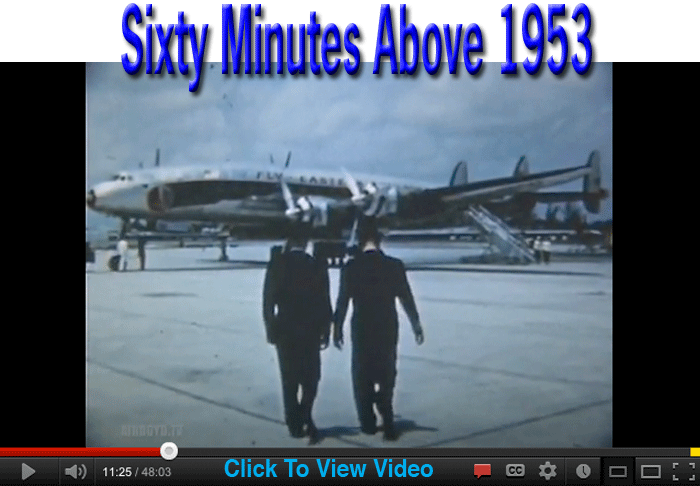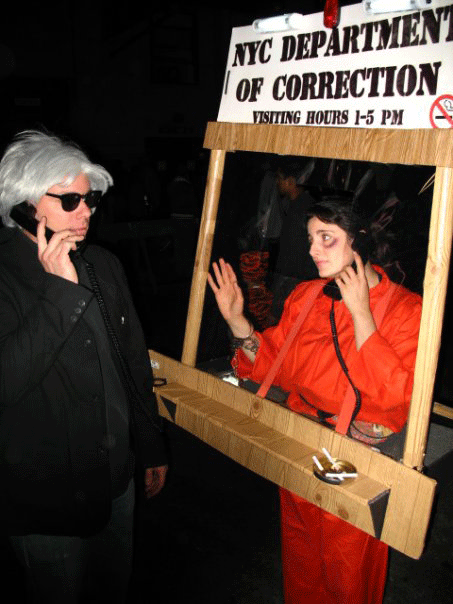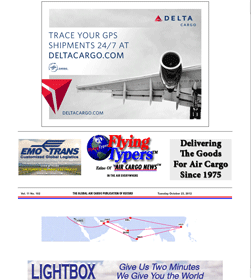|
Dave Shepherd
is rather upbeat given that he is speaking
against the backdrop of an air cargo industry
struggling with weak demand and rates
on many lanes.
|
 |
IAG was
formed in January 2011, creating Europe’s
third largest airline and the world’s
sixth largest carrier by revenue, joining
together British Airways and Iberia to
form a fleet of almost 350 aircraft.
Shepherd
points out that the combined operation
gives the carrier a more extensive cargo
network and more access, with widebody
capacity to the world’s top 120
airfreight destinations—more than
any other carrier.
The addition
of bmi to the IAG Group earlier this year
further boosted the network. Shepherd
said bmi Cargo added revenues in excess
of €20 million per annum, while the
addition of bmi’s route network
enables IAG Cargo to serve new destinations
such as Baku-Azerbaijan, Almaty-Kazakhstan,
and Freetown-Sierra Leone, as well as
his own home town of Belfast.
IAG Cargo
currently operates three Boeing 747-8
freighters under wet-lease from Atlas
Air. “They offer us additional capacity
across a number of emergent and resilient
trade lanes including London Stansted,
Hong Kong, Atlanta, Frankfurt, Houston,
Chicago, Dhaka, Delhi, and Shanghai,”
said Shepherd.
“These
freighters add depth to key aspects of
our network and provide us with the capability
to match our capacity and meet customer
demand.
“We
have recently introduced the Boeing 747-8
freighter on new routes through Cologne
and Madrid, to Nairobi and Johannesburg.
As well as providing even more linkage
between our hubs, this network change
has provided more opportunity to link
Central Europe with the Iberia line-haul
network from Madrid, as well as linking
Latin America with Africa.”
“New
freighter services into India at Chennai
will soon be launched.
“We
have also recently changed the aircraft
type used to connect our Milan and Frankfurt
operations with our Madrid hub,”
he added.
“Our
new A300 freighter operation thrice weekly
on MAD-FRA-MAD and MAD-MIL-MAD allows
customers the opportunity to route traffic
between Latin America and some of Europe’s
main freight markets.”
The merger
prompted a number of challenges in terms
of guaranteeing consistency of service
and network compatibility across the cargo
network. This saw IAG Cargo align its
processes by working with GHAs worldwide
as well as within its own operation to
ensure that, whether a customer deals
with the airline in Lima or Tokyo, the
service remains streamlined.
“We
have already aligned the majority of our
product offering and will shortly have
completed that task for even our most
intricate products, so that customers
enjoy consistency throughout the network,”
said Shepherd.
“In
order to guaranteeing consistency, IAG
Cargo provides widebody capacity between
London and Madrid using Boeing 767s, Airbus
A330s as well as a 757 freighter. Customers
will also soon be able to choose their
preferred method of distribution by booking
online via our IAGCargo.com website, through
a number of Global Distribution Systems
or even by developing Host to Host platforms
with us.”
IAG has
not, however, been immune from the ill
winds that have buffeted airline’s
cargo operations this year. Volumes and
revenue both fell in the first half of
the year compared to 1H 2011, despite
an increase in capacity.
“Clearly
the market has been soft this year and,
in particular, consumer demand in the
Western world is dampening demand, with
the Asia-Pacific region suffering more
than most when it comes to exports,”
said Shepherd.
“European
exports have remained relatively solid
throughout the year, but with some carriers
altering networks to run from low Asia-Pacific
demand, the Trans-Atlantic market has
suffered with even more over-capacity
than usual.”
He said
in recent weeks there had been some improvement
in demand in Asia, which has helped push
yields, but admitted there was still a
long way to go. “We anticipate this
improvement to continue for the next two
months, but predict it will retreat to
former levels in the New Year,”
he added.
“The
Trans-Atlantic market is not moving greatly,
with only the increase in freighter capacity
worthy of note. Yet demand from Germany,
Italy, the UK, and Spain for our Trans-Atlantic
services have been robust throughout the
year and remains so.”
The carrier’s
domestic markets and Latin America are
offering the most room for optimism in
the current market, but he said remaining
competitive on cost was a constant battle
and he was cautious about future performance
while so many macro-economic variables
are in flux.
“We
believe our geographically diverse revenue
base, further fortified by the Iberia
operation, leaves us well positioned,”
he added. “IAG Cargo sees Latin
America as a great opportunity for increasing
cargo demand. We see huge potential for
growing our product service offering in
this region, particularly with increasing
pharmaceutical traffic to Latin America,
which grows our customer proposition.
“With
Iberia as the leading European carrier
to Latin America, we are able to serve
the region and link it with Europe, Africa,
and Asia, capitalizing on this growth
opportunity.
“The
integration of the two brands into one
single business unit has created an expanded
global network and we will continuously
work to build on our customer proposition,
offering products to meet ever-changing
requirements.”
SkyKing
|
The
most beautiful passenger aircraft ever,
the Lockheed Constellation is featured
in this nearly one-hour video from 1953,
featuring a giant Radio and Television
personality of that era, Arthur Godfrey.
|
|
Get
On Board Air Cargo News FlyingTypers |
If
You Missed Any Of The Previous 3 Issues
Of FlyingTypers |
|||||
|
|||||
FT102312 |
FT102912 |
||||
|---|---|---|---|---|---|
|


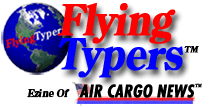


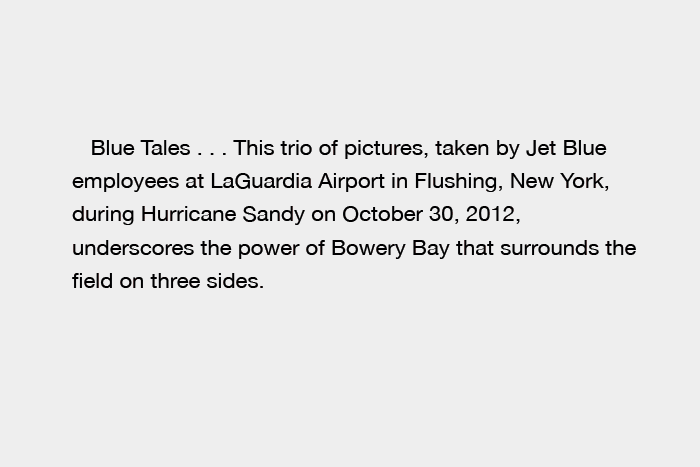
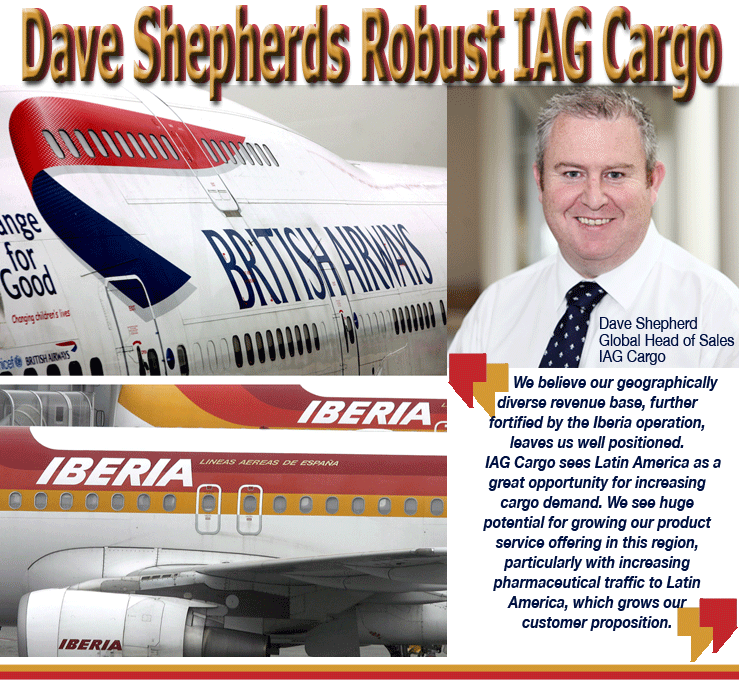
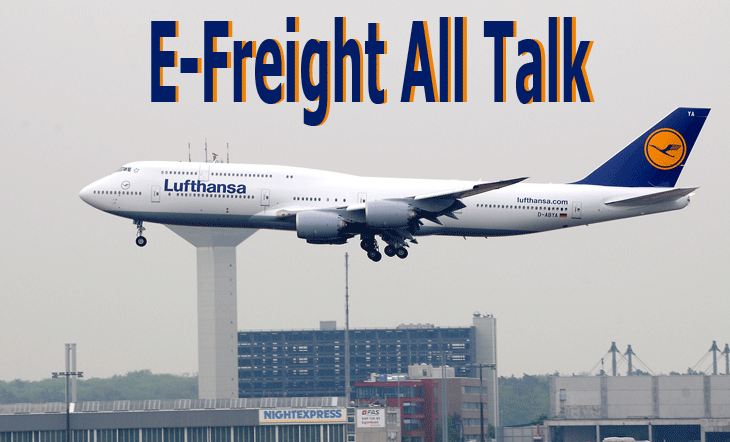
 FlyingTypers
spoke with Vishal Bhatnagar, Lufthansa
Cargo Head of Operations & Processes
for the Americas, in their Buckhead head
office in Atlanta.
FlyingTypers
spoke with Vishal Bhatnagar, Lufthansa
Cargo Head of Operations & Processes
for the Americas, in their Buckhead head
office in Atlanta. 